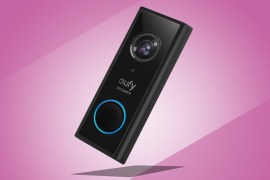DJI Osmo review
Don’t gimbal with my heart

Over the past couple of years DJI has firmly cemented itself as the leading light in the world of camera-equipped aerial drones, but the Chinese company actually has its fingers wedged in more than one pie.
Aside from the quadcopters, it’s also doing great work in the world of camera stabilisation. The two fields are linked, you see – the camera on a drone is stabilised so that its footage doesn’t look shakier than a blancmange at a spin class, and the principles work just the same for cameras that are trapped on terra firma. Hence the Osmo, DJI’s first stabilised ground camera: a Steadicam for those without a Hollywood-style budget.
SPOT THE GIMBAL
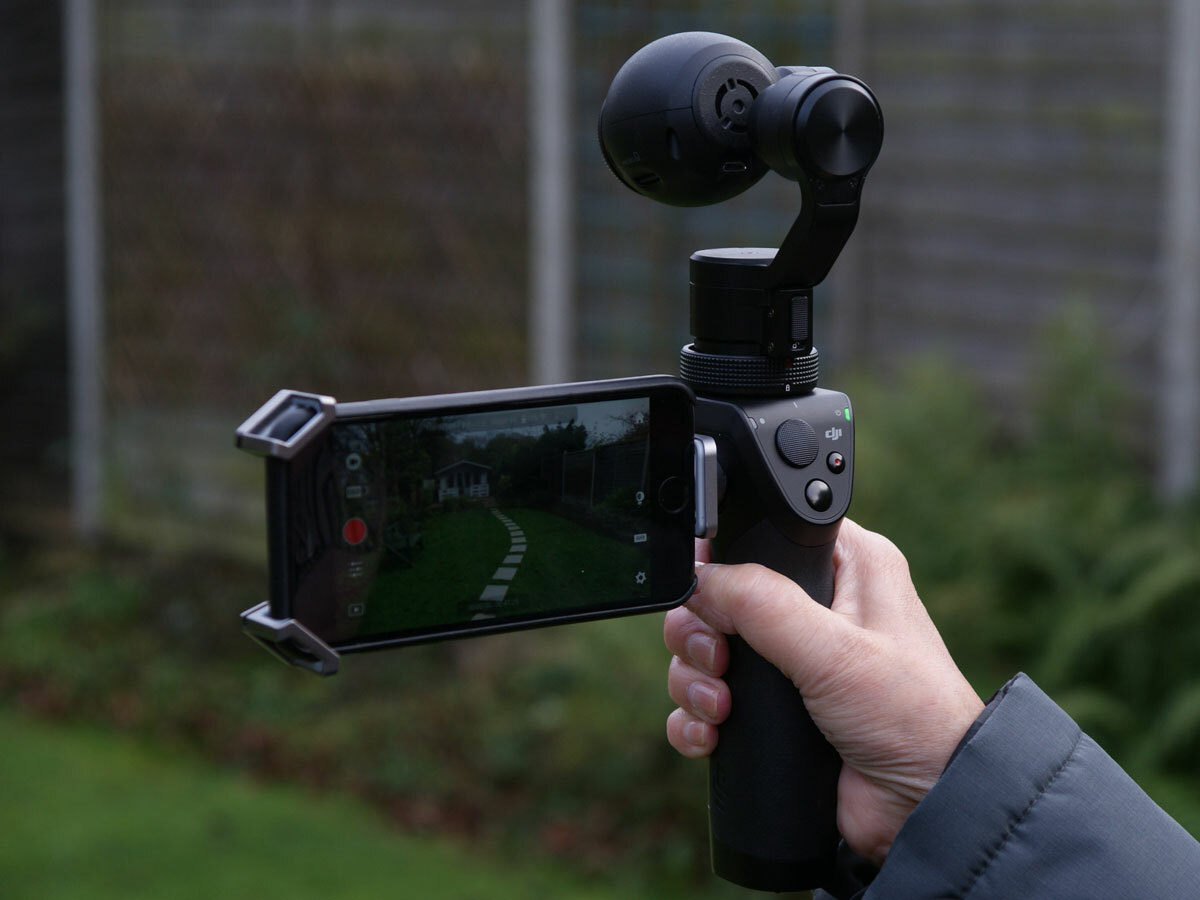
The Osmo features a Zenmuse X3 camera and three-axis gimbal combination, with the latter working to counteract motion and keep the camera pointed resolutely where you want it. Because it knows exactly how the Osmo is moving (thanks, sensors and brain-mangling algorithms!), it can compensate incredibly quickly for any motion. Imperceptibly quickly, in fact. So you can walk and film, or pan around, and the camera remains unerringly level.
It’s not 100 percent foolproof, and if your gait resembles that of a goose-stepping John Cleese in Fawlty Towers, your videos are going to show some bobbing up and down. Not to the degree in which any other similarly-priced camera would, but it won’t be the steady dolly shot-aping footage you’re probably looking for. In order to achieve that, you need to walk in a certain fashion – low centre of gravity, knees slightly bent, steps smoothly “rolling” from heel to toe.
More than once during testing I found myself the subject of a passerby’s confused stares when bowling along the pavement in this manner, but the resulting video was so close to on-rails slickness that it felt well worth the fleeting embarrassment.
Be my Zenmuse
The Osmo comes fitted with a Zenmuse X3 camera as standard, but you can remove it and replace it with a more powerful Zenmuse X5. This has a much larger Micro Four Thirds sensor and lens mount (the same used by mirrorless Olympus and Panasonic compact system cameras), allowing you to fit third-party lenses and shoot with far more flexibility. The X5’s sensor also supports 16MP stills and offers wider dynamic range. You’ll have to dig deep for this extra versatility and performance, however, as the X5 is priced at an eye-watering £1,829.
Budget bird watching › DJI Phantom 3 Standard review
HANDLING BUSINESS
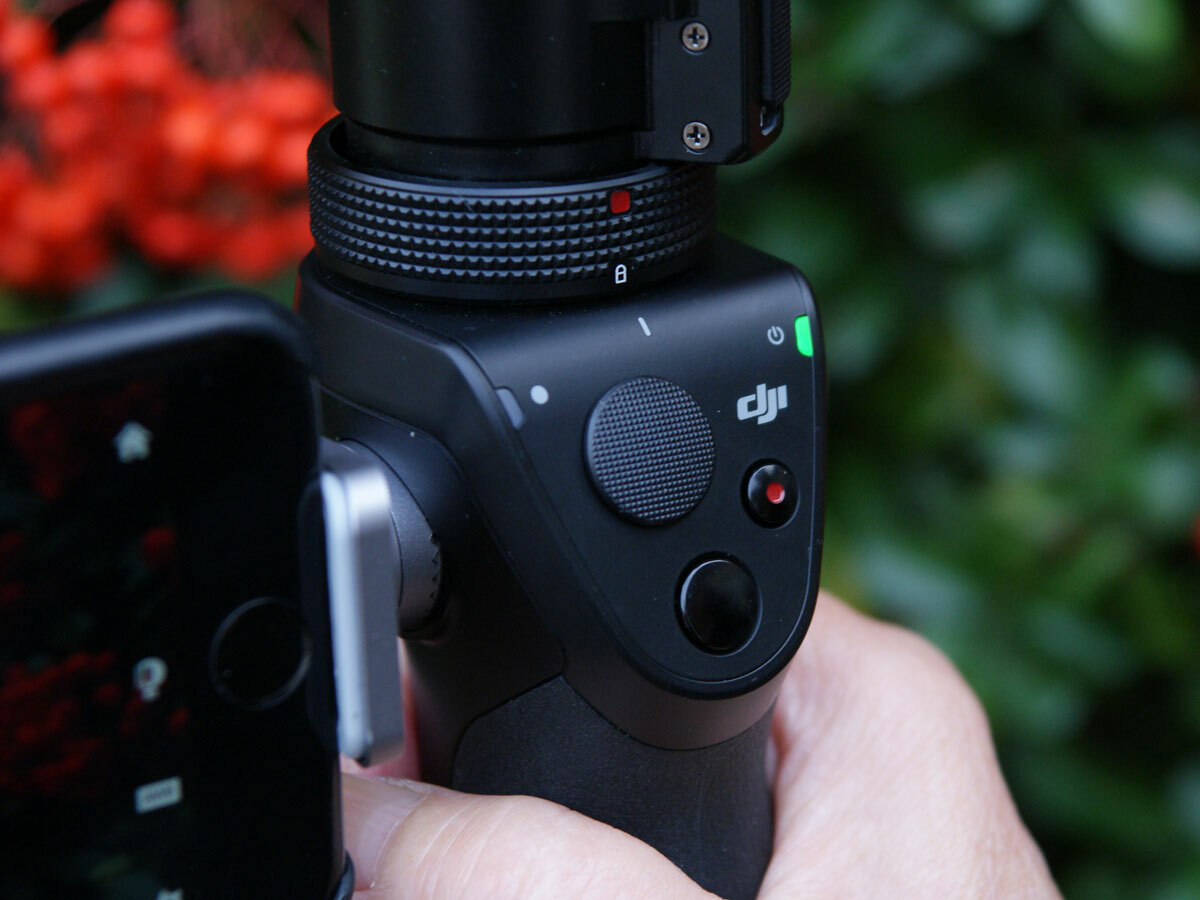
You can lock the camera to face in a single direction by holding down the Osmo’s trigger button, but by default it will turn automatically (and smoothly, naturally) to face the direction in which you point the handle. A double tap of the trigger re-centres and levels the camera, while a triple tap activates selfie mode by flipping the camera round to face the wielder. You can also direct the camera manually (and smoothly) using the analogue thumb stick.
There are buttons to trigger the shutter and start/stop video recording, again within easy reach of your thumb when you’re holding the Osmo. Its handle boasts some great ergonomics, and even with the Zenmuse X3 and an iPhone 6 mounted via the optional phone cradle, I found the whole thing light enough to be held one-handed for long periods of time. Using your phone’s display as a viewfinder really helps with the accuracy of your footage too.
Videos and photos are stored on a microSD (up to 64GB in capacity) inserted directly into the camera, and the Osmo comes supplied with a 16GB card – enough for about 25 minutes of 4K footage at 25fps or 40 minutes of 1080p at 50fps. There’s also a 3.5mm microphone input jack, and you’ll need to plug one in if you’re planning on recording high quality live audio, because the Osmo’s built-in mic picks up the sounds of the gimbal motor whirring quite clearly.
Another accessory you’ll need to buy to get the most out of the camera is DJI’s own collapsible tripod, priced at £43. This is pretty much a requirement if you take time-lapse videos and panoramic photos, and sadly DJI has designed the Osmo in such a way that it won’t work with standard photography tripods – something I found really irritating.
Not having access to an Osmo tripod for my review, I wasn’t able to properly test these features, although I managed to take a pretty decent panorama by resting the Osmo on a railing and holding it in place with my hand while the gimbal spun automatically and took multiple shots, which it then spliced seamlessly together. It’s a far better panorama taker than your smartphone or compact camera, but the fact you need the company’s own tripod to use it properly smacks of a cash grab.
STEADY AS SHE GOES
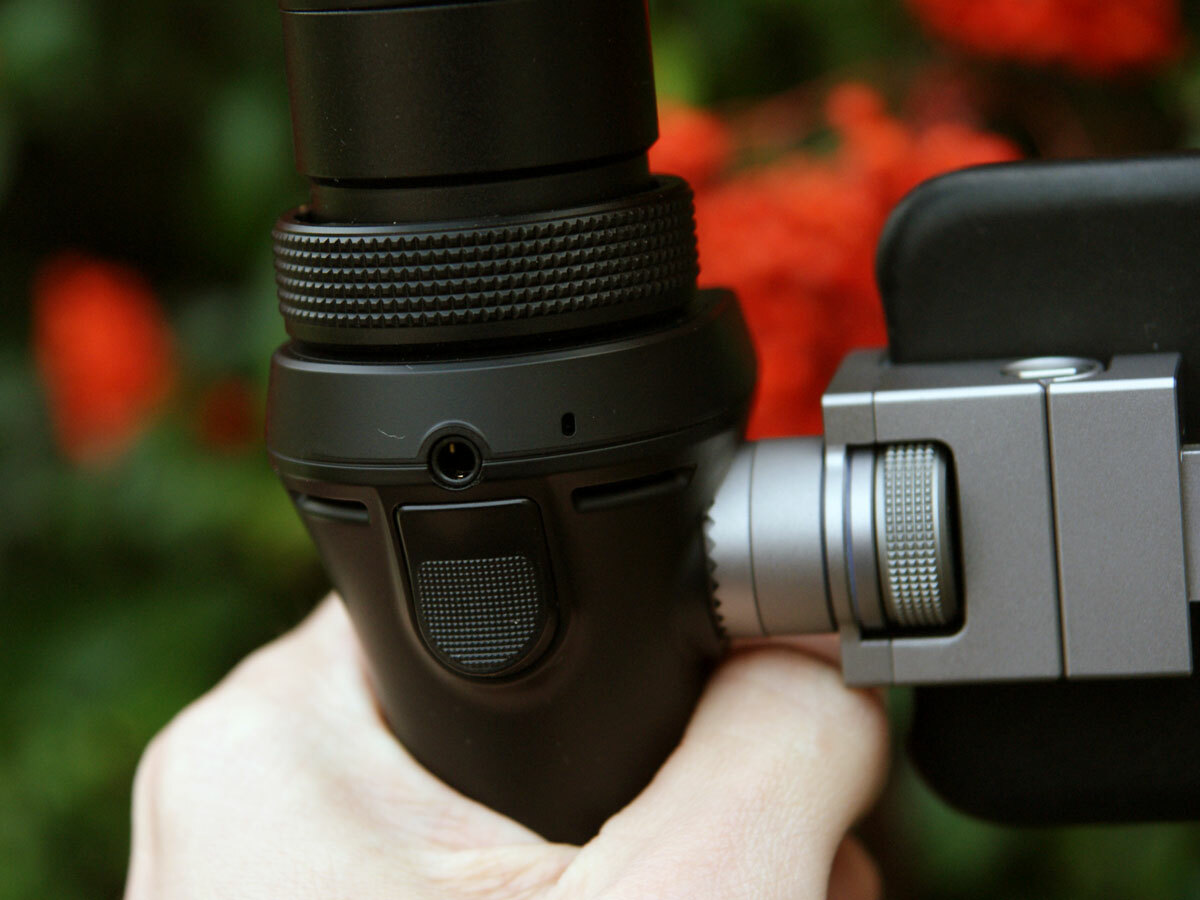
The gimbal, as I mentioned above, works like a charm, but that wouldn’t mean much if the video quality was pants. Thankfully, it’s not. While it’s not as impressive as the 4K and HD video from, say, the Sony A7 II, I’d say the Osmo’s movie quality is on par with that of a high-end compact like the Canon G5 X. You can record in two 4K formats (4096 x 2160 at 24/25fps or 3840 x 2160 at 24/25/30fps), or full HD 1920 x 1080 at 24/25/30/48/50/60/120fps, or 1280 x 720 at 24/25/30/48/50/60fps, and all of them work well.
You can also take 12MP stills, with the aforementioned panorama mode being the best use of this talent. Because the gimbal spins the camera before each shot rather than relying on you to line up the multiple images required for a pano, these type of shots generally look seamless – just remember that you’ll need the tripod.
The Zenmuse X3 uses a 94-degree field of view, an aperture of f/2.8 and a 1/2.3in Sony Exmor R sensor, and delivers excellent, sharp and clean image quality in good outdoor lighting. Things get noticeably noisier, softer and grainier indoors and on gloomy days, so if you do want to film at night you may want to make the (expensive) upgrade to the X5 camera.
Who’s been naughty this year? › Christmas Gift Guide 2015: 330 brilliant present ideas
APP HAPPY
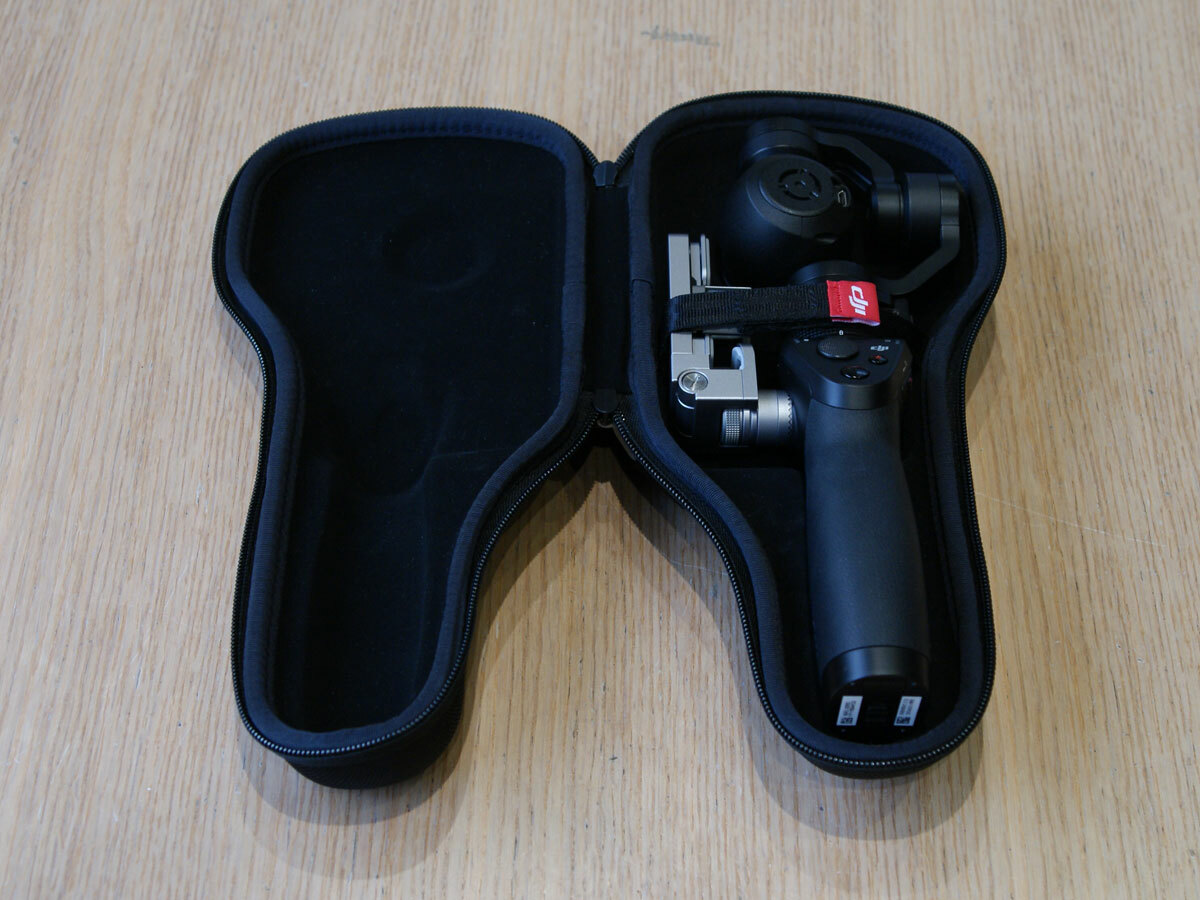
While you can theoretically use the Osmo without an accompanying phone or tablet, if you want to actually change settings and see what it is you’re filming you’ll need to pair it with a mobile device running the DJI Go app. It’s currently available on iOS and Android, and is exactly the same app as you use when flying DJI’s drones.
The UI is similar, albeit a lot more simpler. Gone are all the drone-related mapping and instrument functions, and it’s stripped back to camera and gimbal functions only. Changing settings is done via tapping the relevant icon. It’s all very easy to master, and without a huge range of settings there’s nothing to cause undue confusion. You can set the camera to auto expose, in which case it’ll make settings according to the light conditions, or flip it to manual and change shutter speed, ISO and more.
DJI OSMO VERDICT
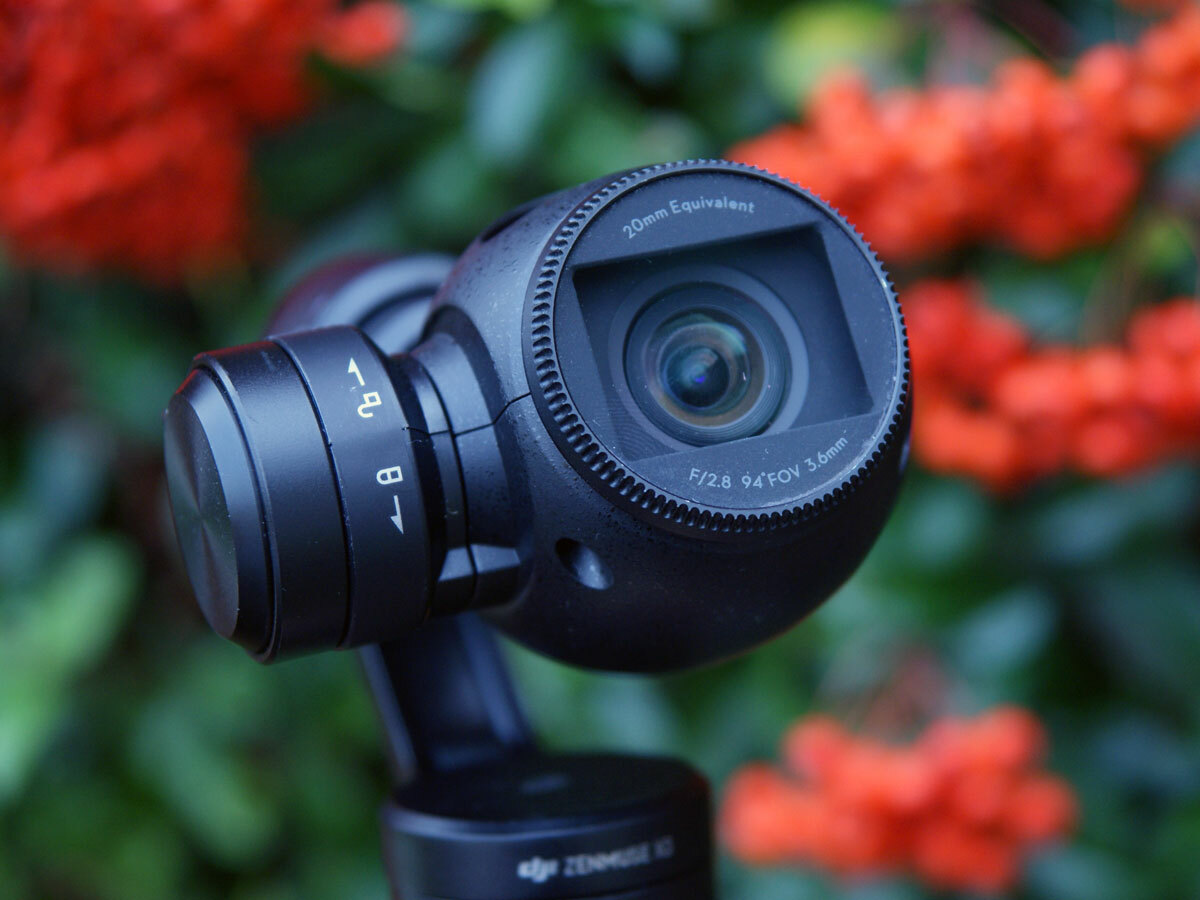
At £549, the Osmo isn’t particularly cheap. It costs almost as much as DJI’s Phantom 3 Standard quadcopter, in fact – but arguably it’s aimed at an entirely different crowd, one that doesn’t mind being tethered to the ground because of the extra control that gives them. After all, you can’t fly a Phantom 3 through a narrow hallway, but you can walk down one wielding an Osmo. And the footage will be silky smooth.
While its imaging performance with the Zenmuse X3 camera isn’t flawless, the Osmo’s really in a category of its own at the moment; there’s no comparable stabilised camera on the market, and to get similar functionality with a DSLR or CSC you’d end up spending far more money on not only the camera but on stabilisation tech. The Osmo is a self-contained package (although I’d suggest you buy the tripod to expand the functionality a bit), and for its price it can’t currently be beaten.
Small and sharp › The 10 Best Compact Cameras
Stuff Says…
A game-changing camera for amateur filmmakers requiring smooth, stable footage
Good Stuff
Super-smart stabilisation
Decent imaging quality
Ergonomic, compact design
Bad Stuff
Doesn’t work with standard tripods
Mic records gimbal sounds


